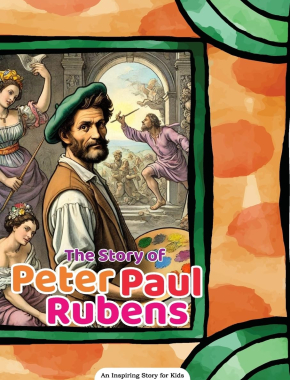How to Find Continuity at a Point?
The points of continuity are points where a function exists, that it has some real value at that point. Here you will learn more about finding continuity at a point.

At the basic level, teachers tend to describe continuous functions as continuous functions whose diagrams can be traced without taking a pencil.
While it is generally true that continuous functions have such graphs, this is not a very precise or practical way to define continuity.
Many graphs and functions are continuous or connected in some places and discontinuous or broken in others.
There are even functions that have so many variables that they cannot be plotted by hand. Therefore, we need a more precise definition of continuity, one that does not rely on our ability to graph and trace a function.
Related Topics
A step-by-step guide to finding continuity at a point
A function is continuous at \(x = a\) in calculus if – and only if – all three of the following requirements are satisfied:
- The function is defined at \(x = a\), which means that \(f(a)\) is a real integer.
- As \(x\) approaches a, there is a function limit.
- As \(x \)approaches and function’s limit equals the value of the function at \(x = a\).
Finding Continuity at a Point – Example 1:
Is \(f(x)=\frac{x^2-x-2}{x+1}\) continuous at \(x=3\)?
First, check if the function is defined at \(x=3\):
\(f(3)=\frac{3^2-3-2}{3+1}\)
\(f(3)=\frac{9-3-2}{4}=\frac{4}{4}\)
\(f(3)=1\)
Then, check the one-sided limits:
\(lim_{x\to 3^+}\frac{x^2-x-2}{x+1}=\frac{3^2-3-2}{3+1}=1\)
\(lim_{x\to 3^-}\frac{x^2-x-2}{x+1}=\frac{3^2-3-2}{3+1}=1\)
Since the one-sided limits agree, the limit exists. Since the limit is equal to the value of the function, the function is continuous at \(x = 3\).
Finding Continuity at a Point – Example 2:
Is \(f\left(x\right)=e^{-x^2}\) continuous at \(x=0\)?
First, check if the function is defined at \(x=0\):
\(f(0)=\) \(e^{-0^2}\) \(=1\)
Then, check the one-sided limits:
\(lim _{x\to 0^+}\left(e^{-x^2}\right)= \left(e^{-0^2}\right)=1\)
\(lim _{x\to 0^-}\left(e^{-x^2}\right)= \left(e^{-0^2}\right)=1\)
Since the one-sided limits agree, the limit exists. Since the limit is equal to the value of the function, the function is continuous at \(x = 0\).
Exercises for Finding Continuity at a Point
In the following examples, determine whether the functions are continuous or not.
- \(\color{blue}{f(x)=\frac{x^2+3x-10}{x-2}, x=2}\)
- \(\color{blue}{f(x)=\frac{2x-6}{x-3}, x=3}\)
- \(\color{blue}{f(x)=\frac{(x^2-4)}{(x-2)}, x=2}\)

- The function is discontinuous at \(x = 2\).
- The function is continuous at \(x=3\).
- The function is discontinuous at \(x = 2\).
Related to This Article
More math articles
- How to Prepare for Math Exams: Study Tips & Tricks
- Linear, Quadratic, and Exponential Models
- How to Use One Multiplication Fact to Complete Another One
- What Skills Do I Need for the SAT Math Test?
- Best Calculators for Electrical Engineering Students In 2026
- Top 10 Tips You MUST Know to Retake the ATI TEAS Math
- FREE 7th Grade MCAS Math Practice Test
- How to Calculate and Interpret Correlation Coefficients
- In-Depth Guide to Understanding How to Combine The Limit Laws
- How to Multiply and Divide Monomials? (+FREE Worksheet!)


























What people say about "How to Find Continuity at a Point? - Effortless Math: We Help Students Learn to LOVE Mathematics"?
No one replied yet.